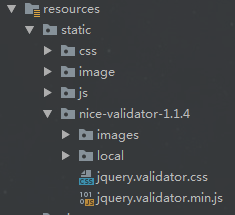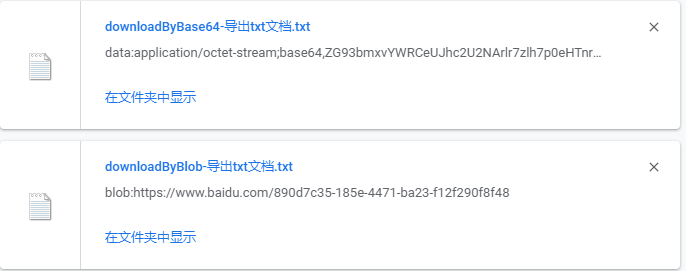阅读来源:
http://documentcloud.github.com/underscore/underscore.js
http://documentcloud.github.com/underscore/underscore.js
这是经常使用的_bind方法(为清楚起见,我已经删除本机检查)
_.bind = function(func,obj) {
var args = slice.call(arguments,2);
return function() {
return func.apply(obj,args.concat(slice.call(arguments)));
};
};
获得通过func.apply的参考结果似乎不必要地重复
使用Node解释器的一个例子(删除最后一行在Firebug等中尝试)
var arguments = [1,2,3,4,5,6];
var args = Array.prototype.slice.call(arguments,2);
var appliedArgs = args.concat(Array.prototype.slice.call(arguments));
require('sys').puts(appliedArgs);
输出:
3,6,1,6
解决方法
bind方法返回一个闭包,它可以接受传递给函数的其他参数.对下划线代码中的参数的两个引用不引用相同的参数集.第一个来自封闭函数,第二个来自返回的闭包.这是这个方法的一个稍微修改的版本,希望能够更清楚:
_.bind = function(func,obj /*,arg1,arg2 ... argN */) {
// Prepare default arguments for currying,removing
// the function and object references
var args = Array.prototype.slice.call(arguments,2);
// Return a closure that has access to the parent scope
return function(/* arg1,arg2 ... argN */) {
// Prepare arguments that are passed when bound
// method is called
var args2 = Array.prototype.slice.call(arguments);
// Curry the method with the arguments passed
// to the enclosing function and those passed
// to the bound method
return func.apply(obj,args.concat(args2));
}
这实际上允许您在绑定到对象时咖喱一种方法.其使用的一个例子是:
var myObj = {},myFunc = function() {
return Array.prototype.slice.call(arguments);
};
myObj.newFunc = _.bind(myFunc,myObj,3);
>>> myObj.newFunc(4,6);
[1,6]






